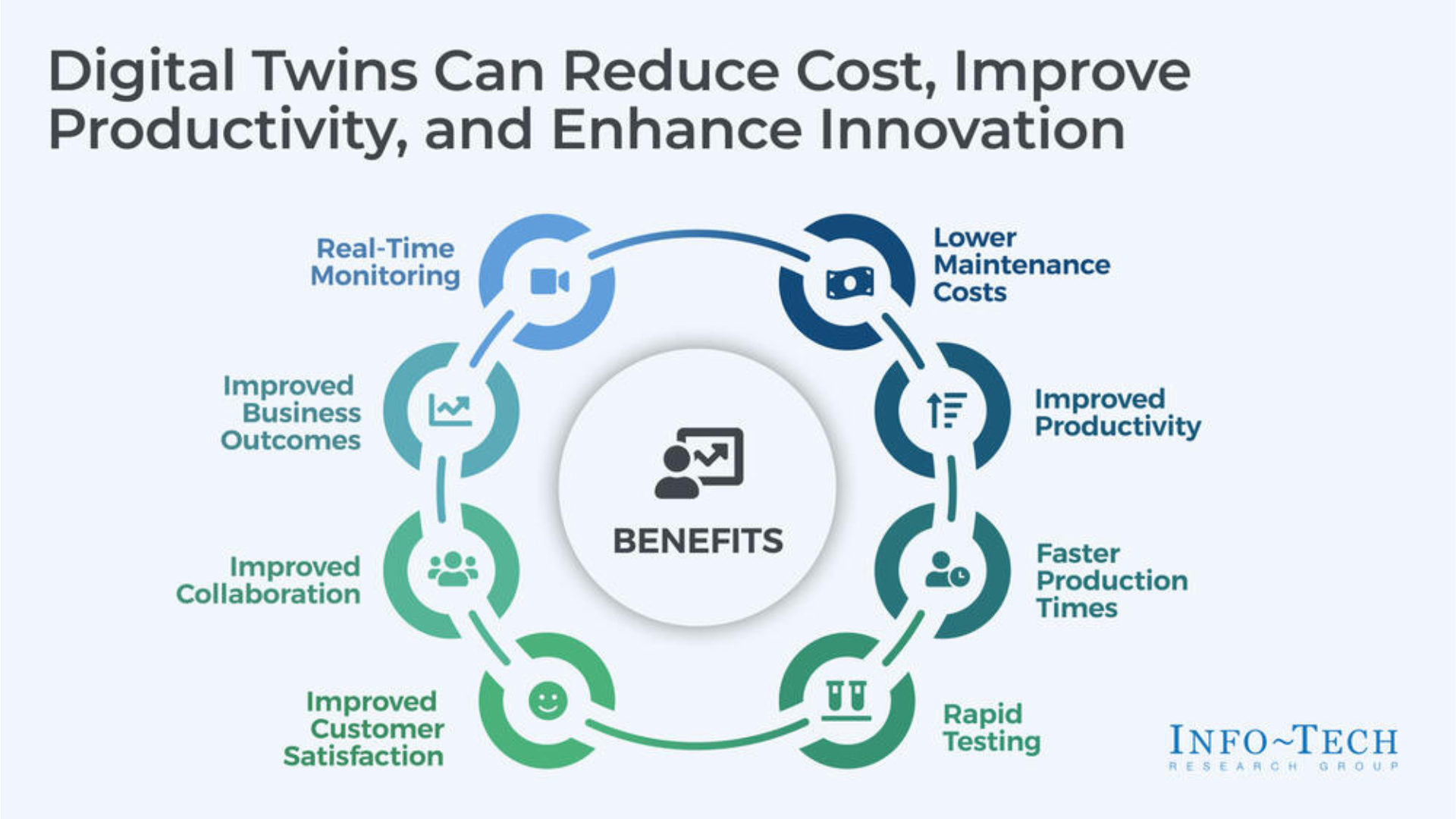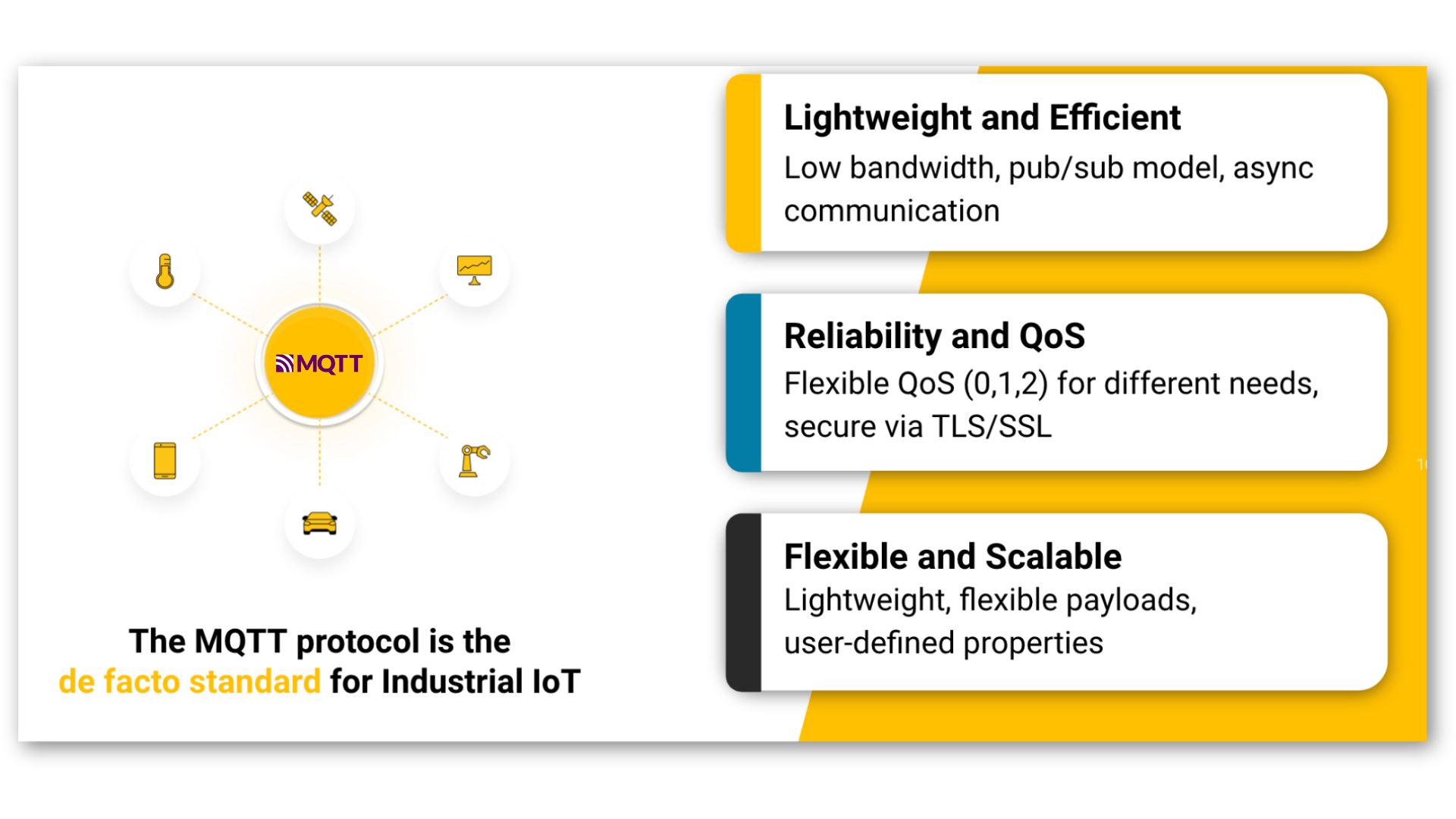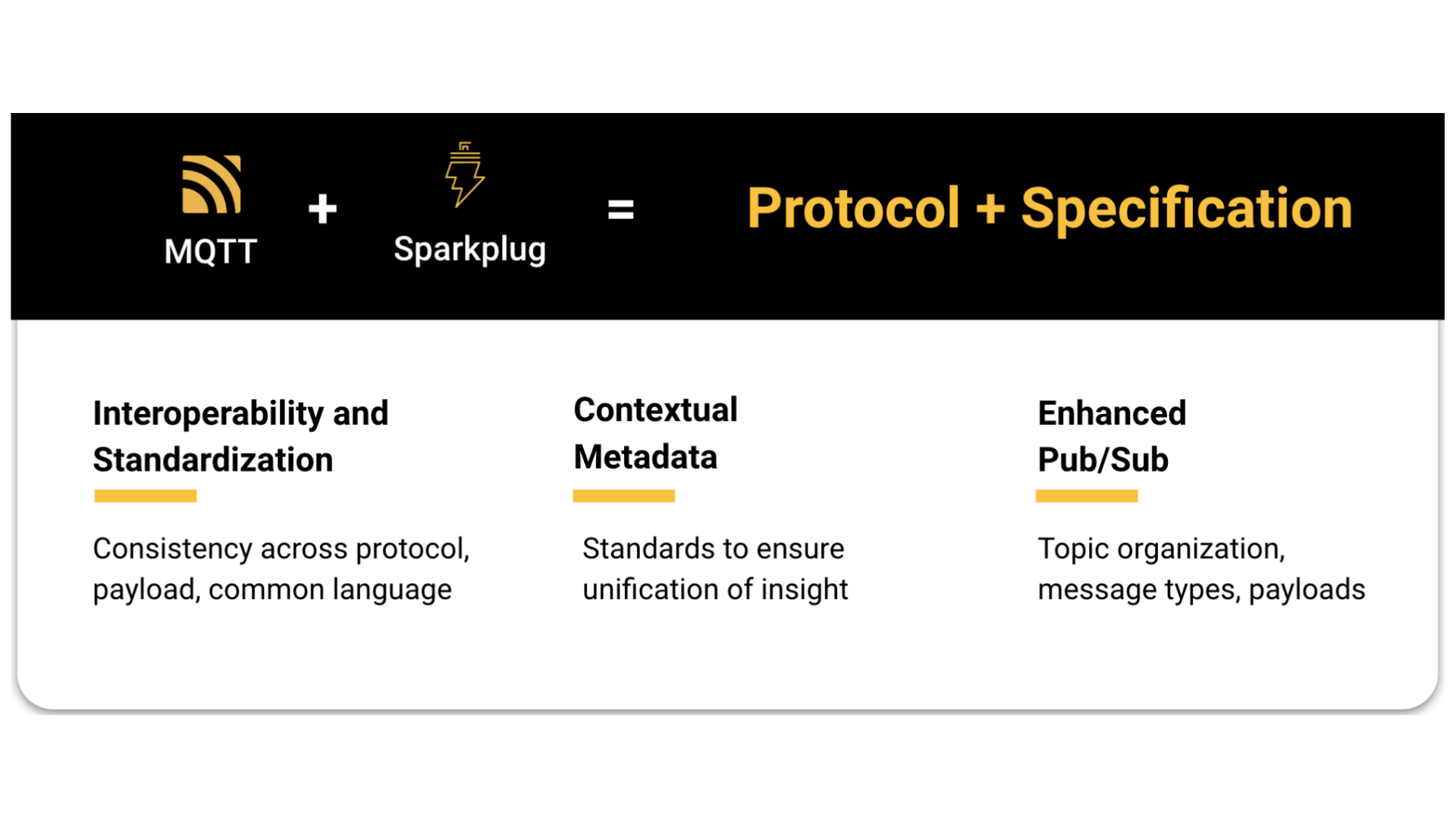Winning the Regulatory Compliance Game Using Industrial Digital Twins and MQTT
One of the significant considerations when it comes to using digital twin (DT) technology is regulatory compliance. Achieving and maintaining regulatory compliance in digital twins is not an easy task. There are several factors to take into account. These include long-term maintenance of twin data, interoperability between different systems feeding the twin data, data accuracy, data integrity, and real-time monitoring.
MQTT Sparkplug can be a key enabler for achieving and maintaining regulatory compliance as it helps automate data compliance requirements by providing real-time, highly secure, scalable, reliable and contextualized data. In this article, we walk you through addressing regulatory compliance challenges in industrial digital twins using MQTT and discuss some of the best practices for implementing MQTT for digital twins.
Digital Twins and MQTT Sparkplug
Digital twins (DTs) in complex industrial and engineering applications have potential benefits that include increased operational efficiencies, enhanced safety and reliability, improved security engineering, reduced errors, faster information sharing, and better predictions. For more details on the use cases and benefits of DT’s, refer to this article, Advancing Digital Twin Use Cases with IIoT and MQTT.
 Source: Digital Twins in Manufacturing | Info-Tech Research Group
Source: Digital Twins in Manufacturing | Info-Tech Research Group
MQTT is a lightweight messaging protocol designed for efficient communication that helps power DT use cases, especially data compliance. Given the advantages MQTT provides, it has become the de facto standard for communicating industrial data from on-premises to enterprise or cloud.

Sparkplug adds context to MQTT data for Industrial IoT.
 Let’s look at some of these challenges and how MQTT Sparkplug can address those challenges in detail.
Let’s look at some of these challenges and how MQTT Sparkplug can address those challenges in detail.
Addressing Regulatory Compliance Challenges in Industrial Digital Twins
Data Accuracy and Integrity
Regulatory compliance often demands accurate and validated data. Maintaining data integrity in digital twin environments — especially when dealing with a multitude of devices, applications, system and sensor data from various data sources — can be complex. Inaccurate or unreliable data could lead to incorrect reporting or interpretation of the digital twin data and may result in non-compliance. Implementing effective data validation mechanisms is essential. MQTT Sparkplug ensures that the data transmitted is accurate, contextual, complete, and has not been tampered with. The MQTT solution from HiveMQ, the HiveMQ Data Hub, offers data validation mechanisms to detect and reject any unwanted, corrupted, or unauthorized data.
Real-time Monitoring and Reporting
Regulatory compliance reporting needs data to be done in real-time. It does not make sense to perform regulatory compliance reporting based on old data, as that data may be outdated at the time of reporting and that could result in misleading reports and lead to fines. Given that MQTT Sparkplug is exception-based reporting and given that the message size is no more than 200KB, it ensures that the data is real-time and thus the digital twin is a true representation of the physical system. This then leads to more accurate regulatory compliance reporting of that digital twin data.
Data Interoperability
One of the challenges with digital twin data is that, as discussed above, it comes from multiple sources. Ensuring interoperability between different applications, systems, and devices within a digital twin environment is essential for seamless data exchange. Lack of standardization and compatibility between applications, systems, and devices can hamper seamless data exchange, affecting regulatory compliance efforts. MQTT Sparkplug offers a Unified Namespace (UNS), which ensures that all data from all applications, systems, and devices can be brought together into one location and can be indexed from there. The UNS acts as a single source of truth for digital twin applications, ensuring a seamless exchange of data. It also streamlines regulatory compliance efforts as it provides one place from where all compliance data can be pulled from.
Long-Term Maintenance
Regulatory compliance requirements are always evolving. This makes it difficult for industrial companies building digital twin applications to keep up with all the maintenance needed for the digital twin to remain compliant with regulations. Ensuring digital twin environment compliance over the long term is a continuous challenge that can be addressed by MQTT Sparkplug. With Sparkplug, manufacturers can define a comprehensive data model, topic name structure, and industrial state management that make it possible for the digital twin to be immediately informed if any of the data format and structure change in response to compliance updates. This allows for streamlined and automated long-term maintenance of the digital twin on the enterprise in response to regulatory compliance changes.
Real-Time Documentation and Auditing Trials
Keeping comprehensive and up-to-date documentation of all digital twin data changes made and all interactions with the digital twin is essential for demonstrating compliance during regulatory compliance audits. This includes recording who accessed the data, when, and what actions were taken. In certain regulated industries, such data and DT changes need to be maintained for up to 7 years for regulatory compliance audits. Given how MQTT Sparkplug (through its UNS architecture) can ensure that all the data is consolidated in one location from where it can be accessed and contextualized, this data could easily be fed to a central data lake. The data lake can be kept up to date with all real-time changes made to the digital twin with clear version controls for audit purposes. One best practice is to maintain detailed documentation of the MQTT implementation, including security measures, access controls, and data handling procedures. Another best practice would be to generate regular reports on system performance and compliance metrics. These could be handy during regulatory audits.
Key Considerations and Best Practices While Implementing MQTT for Digital Twins
Scalability and Performance
The MQTT infrastructure should be designed to handle the scalability requirements of industrial digital twins. This includes considerations for high volumes of data, low latency, and real-time processing to meet regulatory reporting deadlines.
Redundancy and Reliability
Redundancy and failover mechanisms need to be incorporated into the design to ensure the high availability and reliability of the MQTT infrastructure handling the data movement across the different systems, applications, and machines. This helps prevent data loss and downtime, both of which can impact regulatory compliance.
Secure Communication with MQTT
Highly secure MQTT protocol communications should be implemented to ensure data integrity, confidentiality, and authenticity. This involves using encryption (SSL/TLS) for data in transit and secure authentication mechanisms for authorized access. Strong access control mechanisms should be deployed to restrict access to the digital twin data. Role-based access control (RBAC) should be implemented to ensure that only authorized personnel can interact with and modify the digital twin. HiveMQ offers an Enterprise Security Extension that could be considered. For more details on MQTT security, please refer to the MQTT Security Fundamentals: Delve into MQTT Security and Secure IoT Data.
Another general best practice would be to foster collaboration with the relevant industry regulatory bodies or agencies. This would allow you to stay informed about updates to regulations and standards, and allow you to be proactive in addressing any changes that may impact the industrial digital twin implementation.
Next Steps
To sum up, several areas need to be addressed when it comes to regulatory compliance for industrial digital twin environments. This includes data accuracy, real-time monitoring, interoperability, long-term maintenance, documentation, and audit trails. These can all be addressed by implementing MQTT Sparkplug. While doing so, focus needs to be on areas like scalability, reliability and security. Close collaboration needs to be fostered with the relevant regulatory bodies to keep up with requirements.
Explore HiveMQ’s Enterprise MQTT platform and MQTT Sparkplug Essentials to understand how we can help solve the regulatory compliance challenges for industrial digital twins.

Ravi Subramanyan
Ravi Subramanyan, Director of Industry Solutions, Manufacturing at HiveMQ, has extensive experience delivering high-quality products and services that have generated revenues and cost savings of over $10B for companies such as Motorola, GE, Bosch, and Weir. Ravi has successfully launched products, established branding, and created product advertisements and marketing campaigns for global and regional business teams.
